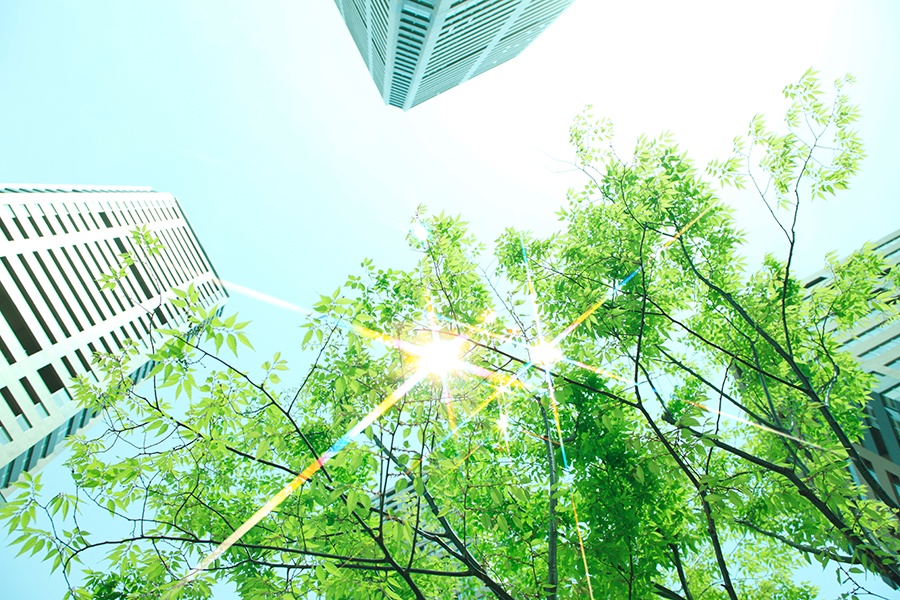
Sustainability and profitability are not mutually exclusive. With the right strategy, you can reduce your company's environmental footprint and increase your bottom line. Here are some factors to consider.
Managing Operating Costs
Whether or not it costs more to lease green space, it usually costs less to operate. The traditional benefits that come with occupying green buildings come in the form of energy savings. High efficiency LED lighting costs less to operate than old, inefficient florescent fixtures, and natural light costs nothing to use. HVAC systems designed for sustainability offer greater comfort, improved indoor air quality ad lower energy consumption all at the same time.
Building and designing for sustainability has other benefits, too. A smaller space is less expensive to clean. Using recycled doors, ceiling tiles or other materials as a part of internal construction doesn't only reduce the amount of materials going into the waste stream, it also saves you from buying new doors, ceiling tiles or other materials.
Reducing Total Leased Space
Spaces built for sustainability are usually smaller spaces. After all, the less space you have, the smaller your literal -- and environmental footprint. Going from 200 square feet per person to 150 means that you can get away with approximately 25 percent less HVAC capacity, 25 percent fewer lighting fixtures, and the like. It's simple math that, all other factors being equal, it's less expensive to rent 7,500 square feet than 10,000.
Controlling Employee Costs
For many businesses, the real savings in building sustainability into your real estate portfolio comes in terms of your labor costs. There are many different factors that come into play here:
-
Many green building standards take designing for occupant health into account. A healthier building has real benefits, including reduced health insurance claims and reductions in absenteeism, as documented in a report issued by the World Green Building Council in April 2018. Fewer claims for insurance and for sick days directly and positively impact your bottom line.
-
Sustainable spaces are typically more productive spaces. Workers tend to be more satisfied in lighter, greener workplaces, increasing their output for the same cost.
-
Many candidates actively seek companies that offer green workplaces. Having more candidates to fill your position can allow you to better manage total compensation costs.
-
Sustainable practices like allowing employees to work virtually part-time or full-time are part of what allows you to make do with less space. Many virtual employees have higher productivity, and the lower cost to the employee of virtual work may allow you to rein in compensation relative to what you might have to pay for traditional at-office, fixed-hour work arrangements.
The benefits of focusing on sustainability for the overall environment are undeniable. However, the impact on your bottom line of looking for green space is just as positive and just as real. As such, when your company looks for new offices sustainable buildings should be at the top of your list whenever possible.
Source: http://www.worldgbc.org/news-media/new-report-makes-business-case-building-green-with-health-and-wellbeing-features
Here are a few other articles we think you will enjoy:
Green Commercial Real Estate Leasing
9 Benefits to LEED Certified Commercial Space
Top Reasons to Go Green with a LEED Certified Building
Subscribe to our blog for more CRE tips!!








